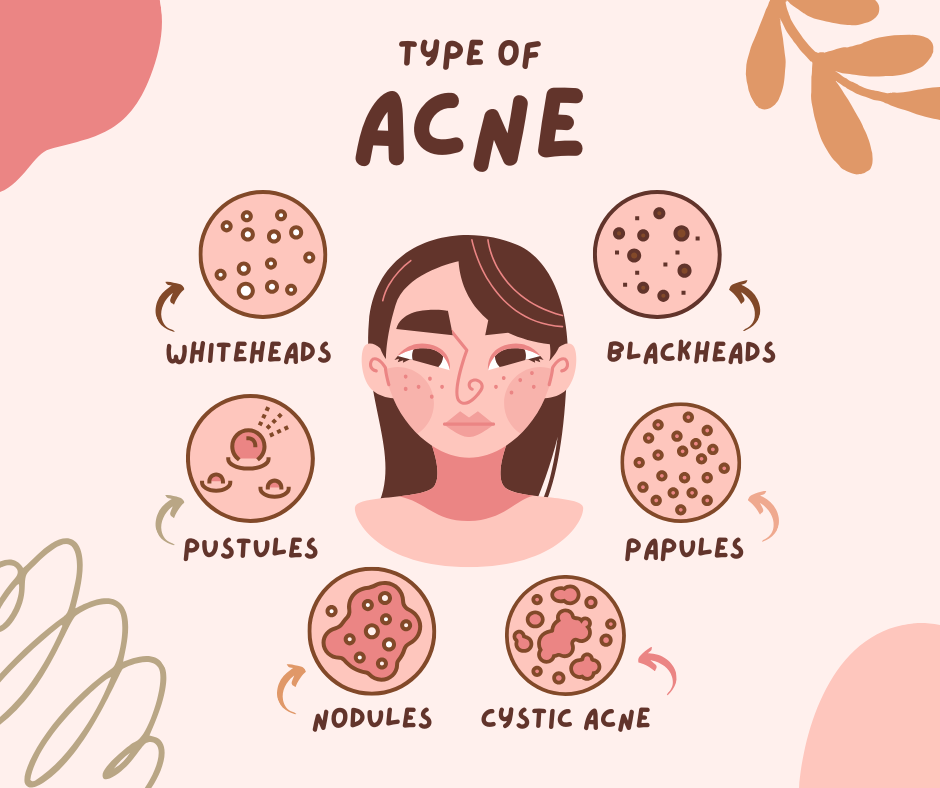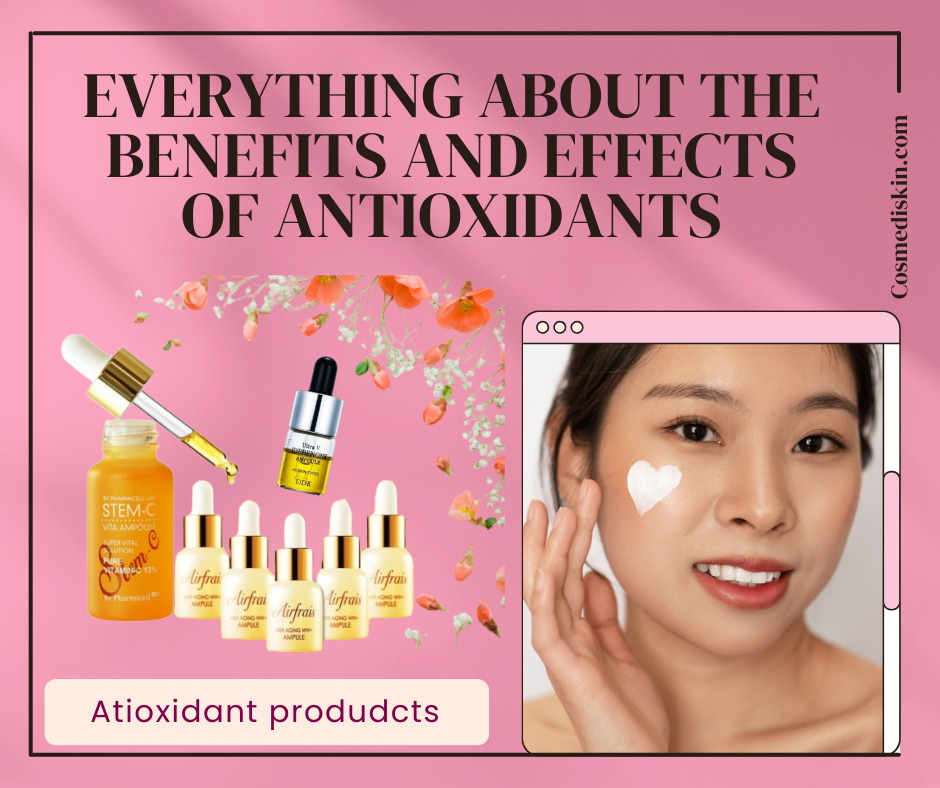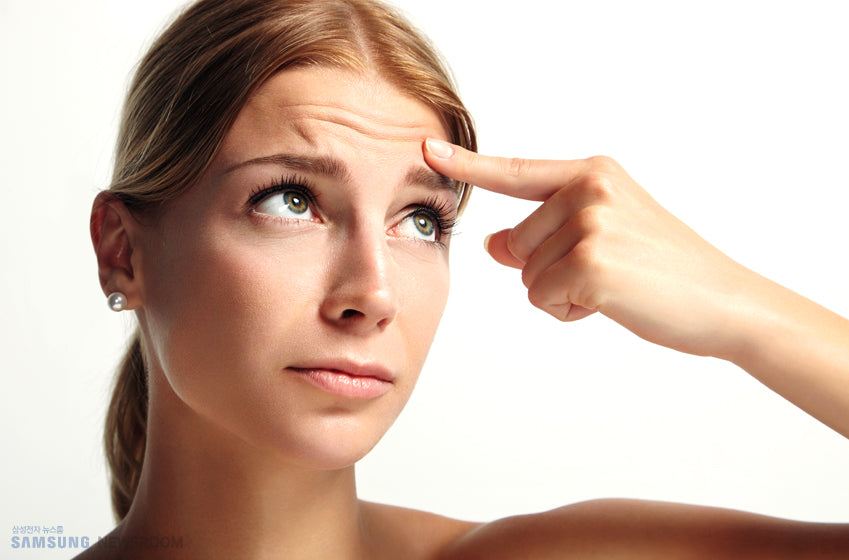Types, Causes, and Treatments for Acne

Acne might look similar on the surface, but it actually comes in various types and has different causes. To effectively fight acne, it’s important to know which type of acne you're dealing with. Only then can you choose the right products to improve your skin.
Here are the most common types of acne that teenagers and adults experience.
1. Blackheads (Open Comedones)
Blackheads are a type of comedonal acne, also known as "open comedones." Technically, blackheads are not acne themselves, but rather clogged pores that can either appear with acne or by themselves. They form when excess oil, dead skin cells, and debris mix together in the pores. As this mixture rises to the skin's surface, it oxidizes and turns black.
Contrary to popular belief, blackheads aren’t caused by dirty skin! The most important product for managing blackheads is a BHA (Beta Hydroxy Acid) exfoliator. BHA can penetrate deep into the pores and help clear out blackheads effectively.
2. Whiteheads (Closed Comedones)
Whiteheads are another type of comedonal acne, but they are a different form of clogged pore. They are also called "closed comedones." Unlike blackheads, whiteheads are covered by a thin layer of skin on top, so the contents inside are not exposed to air and do not oxidize, meaning they don’t turn black. Whiteheads can appear anywhere on the face but are most common on the cheeks, forehead, and under the eyes.
3. Pimples (Papules)
Pimples, also known as papules, are one of the most common types of acne. These are typically medium-sized, pink or slightly red bumps that are tender to the touch because of excessive oil buildup. Papules are relatively easy to manage, and you can treat them with a gentle acne cleanser or a BHA exfoliator. Exfoliators play a significant role in unclogging pores.
4. Pustules (Pustular Acne)
Pustules are an advanced form of acne that develop when mild acne worsens. Initially, the skin tries to resolve the issue on its own, but eventually, more oil and debris build up, leading to severe acne. Teenagers often experience a mix of papules and pustules. Pustules respond well to over-the-counter acne treatments, but if acne becomes severe, prescription treatments from a dermatologist may be necessary.
5. Nodular Acne (Cystic Acne)
Nodular acne is a severe form of acne that is hard to treat. Unlike the smaller, red papules, nodular acne appears as large, firm lumps under the skin. You may feel these before you see them. If left untreated, they can cause permanent skin damage. Even with over-the-counter acne treatments, it’s difficult to effectively treat this type of acne, so professional care from a dermatologist is often required. If you're struggling with cystic acne, don’t hesitate to consult with a dermatologist.
Finally, it’s important to note that all of the types of acne mentioned above can appear not only on the face but also on the back (often called "bacne") and chest.


